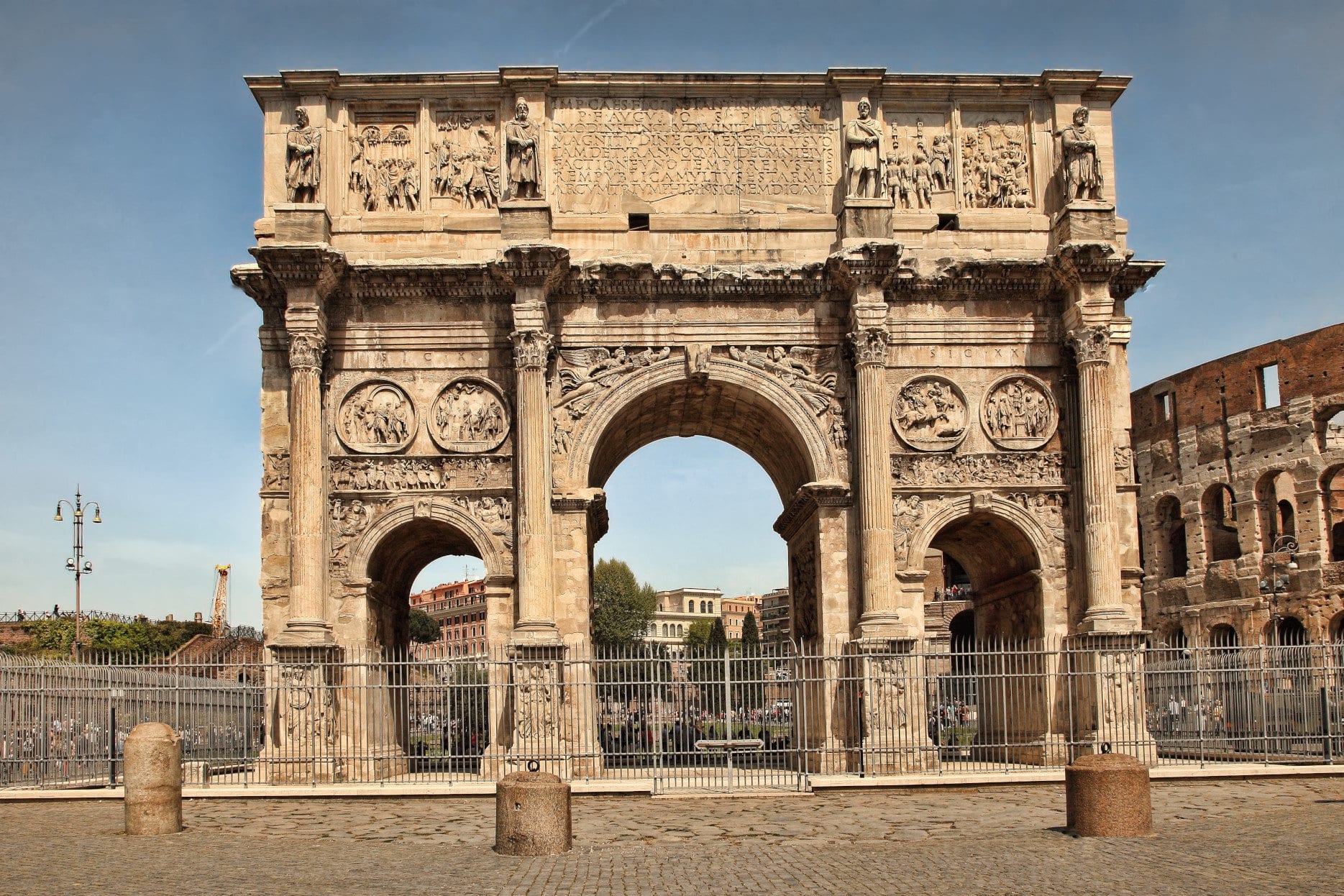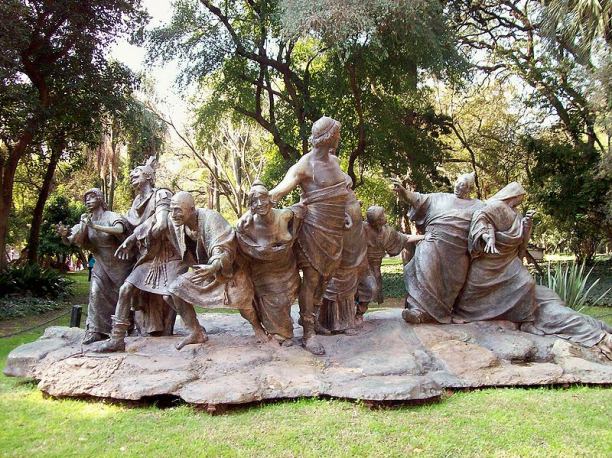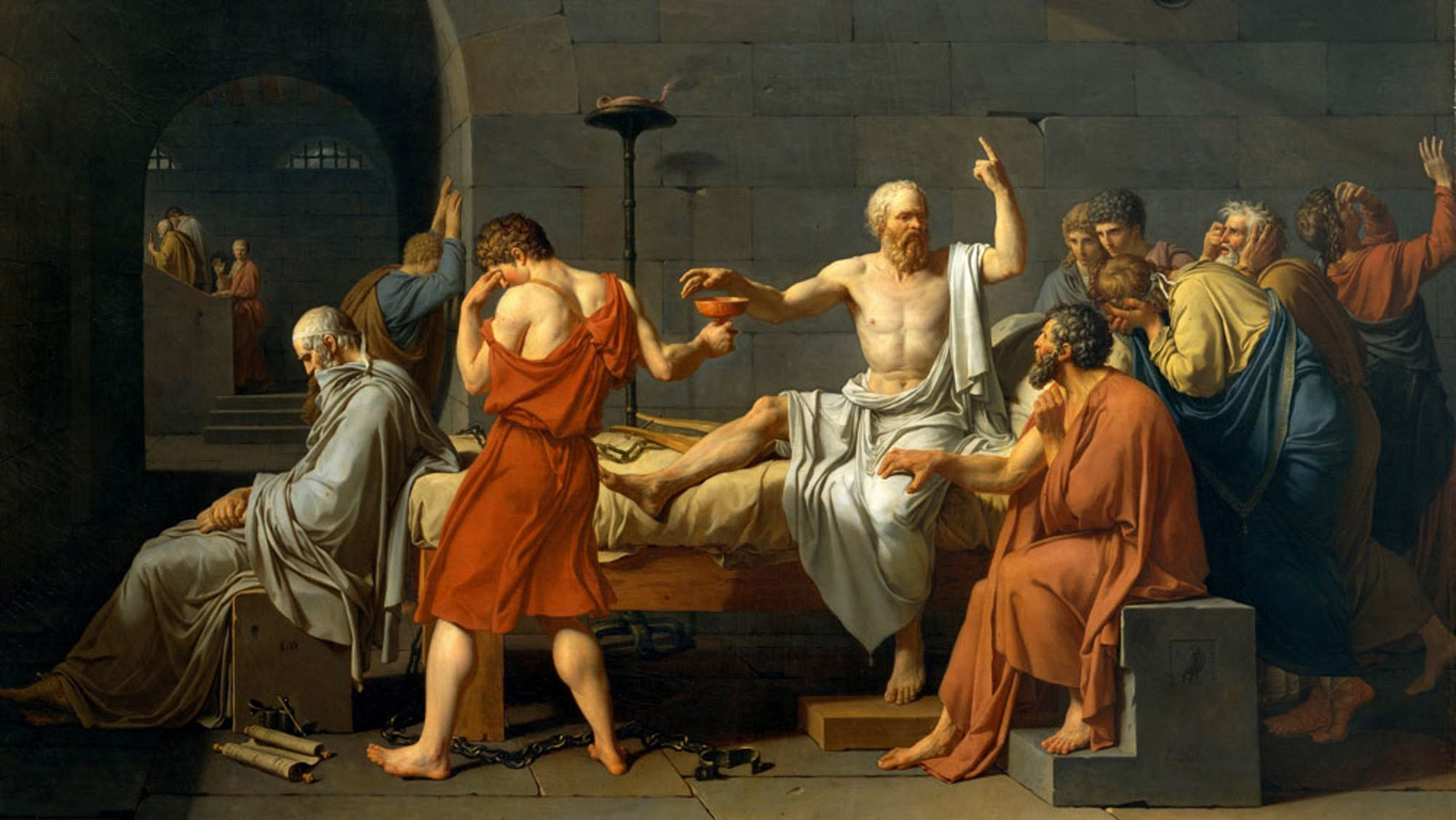Did Christianity Triumph?
There are many different religions
in the world today; the largest, based on the number of believers, is
Christianity (theregister.co). Within Christianity there are numerous sects but
the three major ones are Orthodox, Protestantism, and Roman Catholic. The term “Roman Catholicism” can cause confusion since it seems like a
combination of two sects that are very different in nature. That being said,
which one triumphed in the end? The Roman Empire? Or Christianity?
In the end,
Christianity did triumph over Roman Catholicism. Instead of stating random
facts as to why this conquest occurred, the focus of this post will be aimed as
to how Christianity came to be in the first place; only then will it become
clear as to why it dominated the Roman Empire in the end. Christianity began as
a Jewish sect, or in other words, a small movement of people following the
teachings of Jesus Christ and his apostles. These people lived in the Roman
Empire and were able to practice their beliefs since the Romans were very
tolerable when it came to other religions, so long as everyone would make sacrifices
to the Roman deities. This was fine for a while, but the Christian population
soon began to increase throughout Rome and they stopped sacrificing to the
Roman Gods, making the Roman rulers very unsettled (History.com). Many Romans started
to become anxious with Christianity’s slow rise in power except for one main
ruler, Flavius Valerius Constantinus, also known as Constantine the Great.
 Constantine started out as a war General,
but his power and influence increased more and more until he gained the title
of Emperor. His path towards Christianity began when he had a dream to put chi rho, the first two letters of Christ,
across his soldiers’ shields in Greek before they fought in the Battle of
Milvian Bridge. Constantine won that war and an arch was erected, one of the
highest recognitions, to commemorate his successes in leading the army to
victory. After his triumph “Constantine
became the Western Roman emperor. He soon used his power to address the status
of Christians, issuing the Edict of Milan in 313. This proclamation legalized
Christianity and allowed for freedom of worship throughout the empire
(Biography.com).” This was a huge step for Christians since it restored their
property that had originally been taken by Diocletian, another Roman emperor.
But Constantine did not stop there, he “continued to proclaim his adherence to
Christianity, and his reign established influence over religious conflicts
within the church. Not wanting questions about the divine nature of Christ to
sow discord, Constantine summoned church officials to the Council of Nicaea in
325. Out of this came the Nicene Creed, which affirmed that Jesus was a divine
being (Biography.com).”
Constantine started out as a war General,
but his power and influence increased more and more until he gained the title
of Emperor. His path towards Christianity began when he had a dream to put chi rho, the first two letters of Christ,
across his soldiers’ shields in Greek before they fought in the Battle of
Milvian Bridge. Constantine won that war and an arch was erected, one of the
highest recognitions, to commemorate his successes in leading the army to
victory. After his triumph “Constantine
became the Western Roman emperor. He soon used his power to address the status
of Christians, issuing the Edict of Milan in 313. This proclamation legalized
Christianity and allowed for freedom of worship throughout the empire
(Biography.com).” This was a huge step for Christians since it restored their
property that had originally been taken by Diocletian, another Roman emperor.
But Constantine did not stop there, he “continued to proclaim his adherence to
Christianity, and his reign established influence over religious conflicts
within the church. Not wanting questions about the divine nature of Christ to
sow discord, Constantine summoned church officials to the Council of Nicaea in
325. Out of this came the Nicene Creed, which affirmed that Jesus was a divine
being (Biography.com).”
Although,
“Constantine ends not converting, technically, to Christianity, but becoming a
patron of one particular branch of the church. It happens to be the branch of
the church that has the Old Testament as well as the New Testament as part of
its canon. Which means that since this branch of Christianity includes the
story about historical Israel as part of its own redemptive history, it has an
entire language for articulating the relationship of government and piety (pbs.org).”
Finally, because of Constantine's constant influence and the rising number of
people joining this religion, Theodosius the First made Christianity the
official religion of Rome. As the new official religion, Christianity needed to
improve Rome for the better, and it did just that.

In conclusion, Christianity triumphed over the Roman Empire. One can tell this is true since Christianity is still around today while the traditional Roman Empire is not. Christianity may have begun as a small Jewish movement but through time it weaned its way into Rome and slowly pushed out other religions until it became the one and only recognized religion in the state. Overall, although it is difficult to pinpoint exactly when Rome was officially conquered by Christians, and although there is no arch erected from the triumph, it is apparent that Christianity overcame the Roman Empire.
Citations:
Juan, Stephen. “What Are the Most Widely Practiced Religions of
the World?” The Register, Biting the Hands That Feed It, The Register, 7 Dec. 2018,
www.theregister.co.uk/2006/10/06/the_odd_body_religion/.Editors, History.com. “Christianity.” History.com, A&E Television Networks, 13 Oct. 2017, www.history.com/topics/religion/history-of-christianity.
“Constantine I.” Biography.com, A&E Networks Television, 23 Jan. 2019, www.biography.com/people/constantine-i-39496.
Ungerleider, Samuel. “Legitimization Under Constantine.” PBS, Public Broadcasting Service, www.pbs.org/wgbh/pages/frontline/shows/religion/why/legitimization.html.
“Confessions and Enchiridion.” Ed. & trans. by Albert C Outler, Christian Classics Ethereal Library, www.ccel.org/ccel/augustine/confessions.iv.html.
Chirst Militant Mosaic Described, orderofcenturions.org/Christ_militant.html
Cartwright, Mark. “Saturnalia.” Ancient History Encyclopedia, Ancient History Encyclopedia, 28 Mar. 2019, www.ancient.eu/Saturnalia/.




